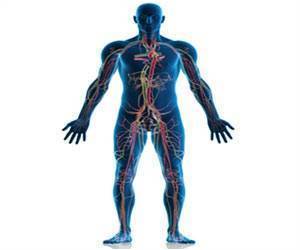New research published in PLoS Medicine suggests that people in the low-income category have a major obstacle that prevents them from involving in physical activity.
New research published in PLoS Medicine suggests that people in the low-income category have a major obstacle that prevents them from involving in physical activity. These people do not consider their environment safe enough to allow them to walk, cycle or take other forms of outdoor exercise.
Gary Bennett of the Harvard School of Public Health and colleagues worked with over 1000 people, mainly from ethnic minorities, in a low-income area of one US city, Boston. They asked them, “How safe do you feel walking alone in your neighborhood"” They were allowed to choose from options such as “safe”, “a little unsafe” and “unsafe”. The same question was asked about walking alone in the daylight and walking alone after dark. The researchers also asked the people in their study to wear a pedometer for five days. This instrument measures the number of steps that the wearer takes. It is a much more accurate way of finding out about activity levels than asking people how much exercise they can remember taking. Previous research on this topic has had to rely on what people say they have done in the way of physical activity.Four out of five people said they did feel safe during the day but there was no association between daytime safety and physical activity. This was the case for both men and women. However, two-thirds of the people in the study felt unsafe in the night-time. There was no association between perceived night-time safety and physical activity among men, but women who reported feeling unsafe at night took around 1000 fewer steps per day than other women. That amounts to around 20% less physical activity.
Even the women who felt safe at night were only taking around 5000 steps per day, around half of what the US Surgeon General recommends for good health. So all the women in the study would benefit from more physical activity. However, the much lower amount of activity of the women who felt unsafe does suggest that a perceived lack of safety is an important factor, which could increase the risks to their health. While the association between perceived safety and activity was not found in men and only applied to night-time safety, the authors argue that their findings provide some evidence that safety concerns can be a barrier to physical activity in low-income areas.
Source-Eurekalert
GAN/C





